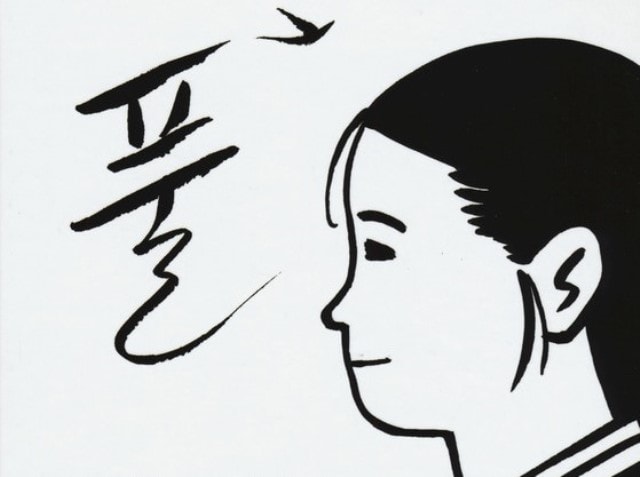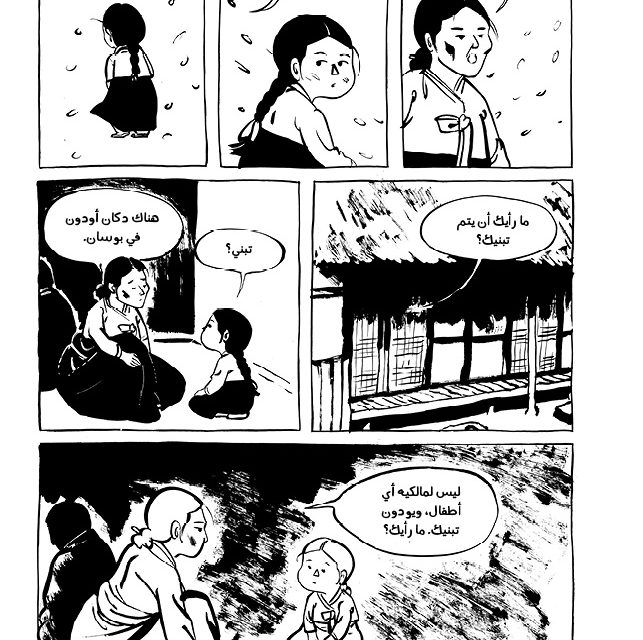

Gwija is now an elderly woman and Jina can?t stop thinking about the promise she made to help find her brother. On the road, while breastfeeding and changing her daughter, Gwija was separated from her husband and son. Japan fell, Korea gained its independence, and the couple started a family. When Gwija was 17 years old, after hearing that the Japanese were seizing unmarried girls, her family married her in a hurry to a man she didn't know. The Waiting is the fictional story of Gwija, told by her novelist daughter Jina. Her mother?s story inspired Gendry-Kim to begin interviewing her and other Koreans separated by the war that research fueled a deeply resonant graphic novel. As many fled violence in the north, not everyone was able to make it south.

It?s not an uncommon story?the peninsula was split across the 38th parallel, dividing one country into two. Grass is a landmark graphic novel that makes personal the desperate cost of war and the importance of peace.The story begins with a mother's confession.sisters permanently separated by a border during the Korean War Keum Suk Gendry-Kim was an adult when her mother revealed a family secret: She had been separated from her sister during the Korean War. The cartoonist Gendry-Kim’s interviews with Lee become an integral part of Grass, forming the heart and architecture of this powerful nonfiction graphic novel and offering a holistic view of how Lee’s wartime suffering changed her. Grass is painted in a black ink that flows with lavish details of the beautiful fields and farmland of Korea and uses heavy brushwork on the somber interiors of Lee’s memories. Keum Suk Gendry-Kim emphasizes Lee’s strength in overcoming the many forms of adversity she experienced. Grass is a powerful antiwar graphic novel, telling the life story of a Korean girl named Okseon Lee who was forced into sexual slavery for the Japanese Imperial Army during the Second World War―a disputed chapter in twentieth-century Asian history.īeginning in Lee’s childhood, Grass shows the lead-up to the war from a child’s vulnerable perspective, detailing how one person experienced the Japanese occupation and the widespread suffering it entailed for ordinary Koreans. This true story of a Korean comfort woman documents how the atrocity of war devastates women’s lives


 0 kommentar(er)
0 kommentar(er)
